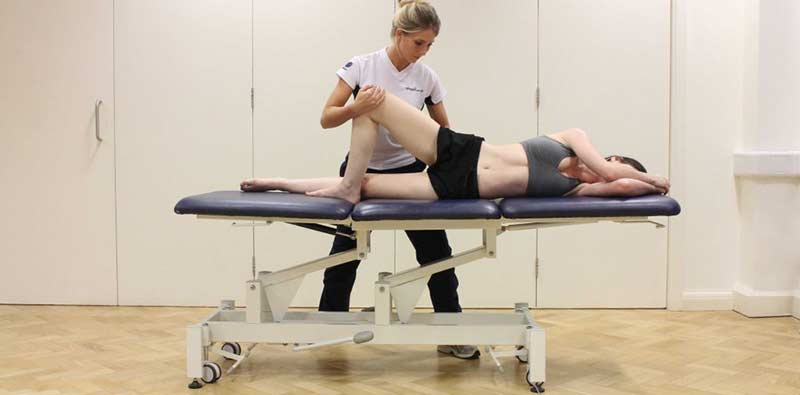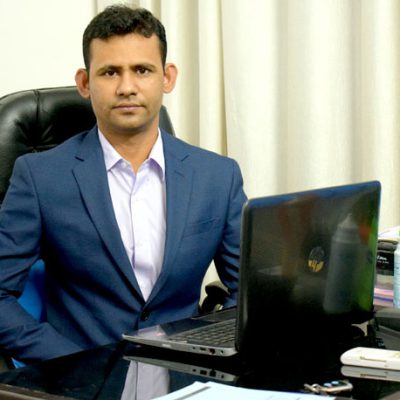The femur, despite being a strong bone and surrounded by a musculature that protects it, can also fracture if it is subjected to a very high force such as a fall or a blow. The populations in which the incidence is higher are children and the geriatric population.
Anatomy / Biomechanics
Within the femur fractures, we will make a differentiation that classifies them according to their location and according to their shape.
Location:
- Trochanteric: the location of the fracture line is located just below the femoral head. Normally there is no vascular compromise, so minor complications appear.
- Femoral neck: usually have more complication since they occur internally to the capsule and therefore the vascular package is affected. If it is a non-displaced fracture and is sufficiently stable, it can be treated conservatively without surgery.>
- Femoral head: they have the lowest incidence and are often related to a fracture of the acetabulum (a place where the femur articulates in the hip) as well as traumatic hip dislocation.
- Diaphyseal: as a general rule, the fixation (and reduction if necessary) will be carried out unless it is a growing child with whom we will treat conservatively so as not to affect bone development.
- Fractures of the distal third: in spite of being the most infrequent we must also take them into account since they can have serious consequences on the biomechanics of gait because they are closely related to tibia and fibula, in the knee joint (and therefore also with menisci, cartilage, and ligaments).
Shape:
- Complete/incomplete: the fracture line completely affects the thickness of the bone or only affects one of the faces.
- Open/closed: depending on whether or not the continuity of the skin tissue is broken.
FEMUR FRACTURE DIAGNOSIS
The most common signs that indicate fracture will be:
- Local pain
- Edema
- Hematoma
- Deformity (does not always have to appear)
- Gait disturbance

FEMUR FRACTURE TREATMENT IN DWARKA
We will distinguish the way to approach the fracture according to its location, shape, and type of patient since it will not have the same implications if it is a child in the growth phase (which could be affected if a fixation is placed) than if It is an adult with a fully formed bone structure.
From the point of view of physiotherapy in Dwarka, we must begin with the early active intervention by the patient with active quadriceps contractions and ankle and knee movements (and even hip depending on the location of the fracture) to adapt the muscles to the work and avoid loss of functionality.
Gradually the objectives will be (depending on the location of the fracture) the progressive increase of range of movement in the hip and the recovery of tone and strength especially in the flexor and extensor muscles (quadriceps, hamstrings) through support and different exercises assets.
Once we have achieved these objectives, the last step will be to re-educate the gait and training of proprioception for the normal daily life of the patient.

